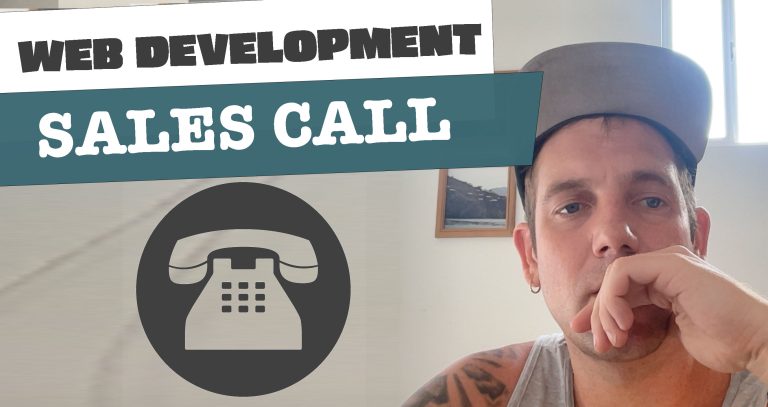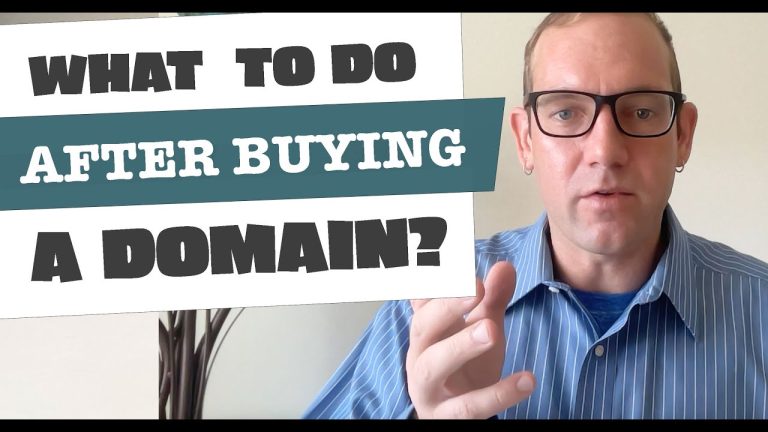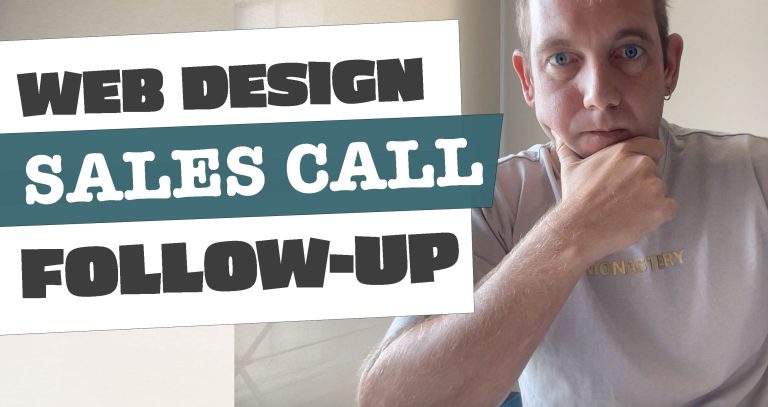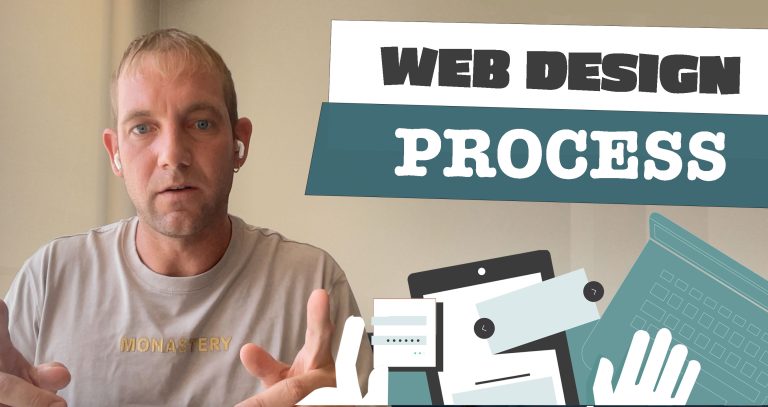Protecting a website involves implementing various security measures to safeguard it against potential threats and vulnerabilities. Here are some important steps you can take to enhance the security of your website:
Use strong and unique passwords: Ensure that all user accounts on your website have strong and unique passwords. Encourage users to choose complex passwords that include a combination of letters, numbers, and special characters.
Keep software up to date: Regularly update the software and scripts running on your website, including content management systems (CMS), plugins, themes, and other components. Outdated software may have security vulnerabilities that hackers can exploit.
Use HTTPS and SSL/TLS certificates: Implement HTTPS (Hyper Text Transfer Protocol Secure) on your website to secure data transmission between your server and users’ browsers. Obtain an SSL (Secure Sockets Layer) or TLS (Transport Layer Security) certificate to enable HTTPS and provide encryption.
Implement a web application firewall (WAF): A WAF can filter and monitor HTTP traffic between your website and the internet, blocking malicious requests and protecting against common web application attacks such as SQL injection and cross-site scripting (XSS).
Regularly back up your website: Create regular backups of your website and store them securely in off-site locations. This ensures that you can restore your website to a previous working state if it gets compromised or experiences data loss.
Secure user input and validate data: Validate and sanitize all user input to prevent common vulnerabilities like SQL injection, cross-site scripting, and remote code execution. Use server-side input validation techniques and frameworks to minimize risks.
Use secure hosting and strong access controls: Choose a reputable hosting provider that emphasizes security. Implement strong access controls, including secure usernames and passwords for accessing your server or hosting account.
Limit file uploads and secure file permissions: Allow file uploads only from trusted sources, validate uploaded files to prevent malicious content, and set appropriate file permissions to restrict unauthorized access to files and directories.
Implement user authentication and authorization: Use secure authentication mechanisms like two-factor authentication (2FA) to verify user identities. Implement role-based access controls to ensure that users can access only the necessary parts of your website.
Monitor and log activities: Implement logging mechanisms to track and analyze activities on your website. Monitor logs regularly to identify suspicious patterns, such as multiple failed login attempts or unusual file access.
Educate users and staff: Train your website users and staff about security best practices, including password hygiene, phishing awareness, and the importance of keeping software up to date. Promote a security-conscious culture within your organization.
Regularly scan for vulnerabilities: Utilize vulnerability scanning tools or services to periodically scan your website for potential weaknesses and vulnerabilities. Address any identified issues promptly.
Stay informed about security threats: Keep yourself updated on the latest security vulnerabilities, exploits, and best practices. Follow security blogs, subscribe to newsletters, and participate in relevant forums or communities to stay informed.
Remember that website security is an ongoing process, and implementing these steps is not a guarantee of absolute protection. It’s important to regularly assess and update your security measures to stay ahead of emerging threats.





















